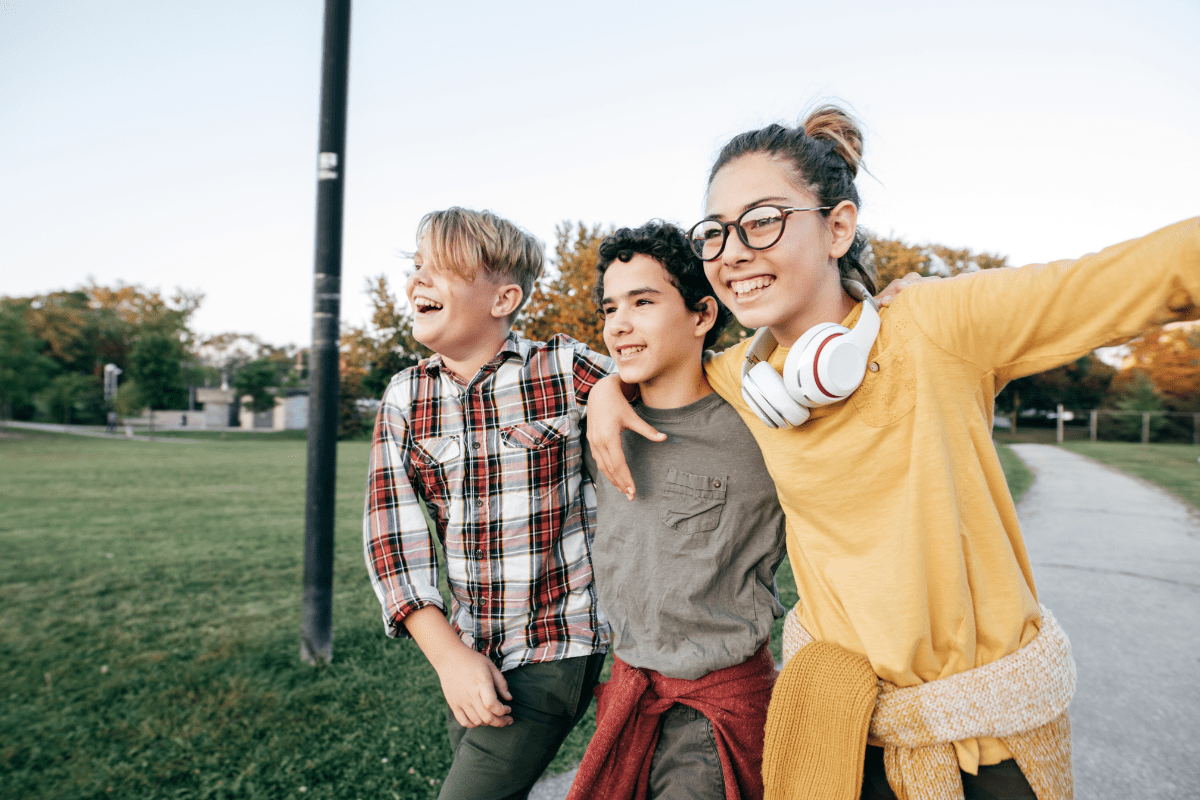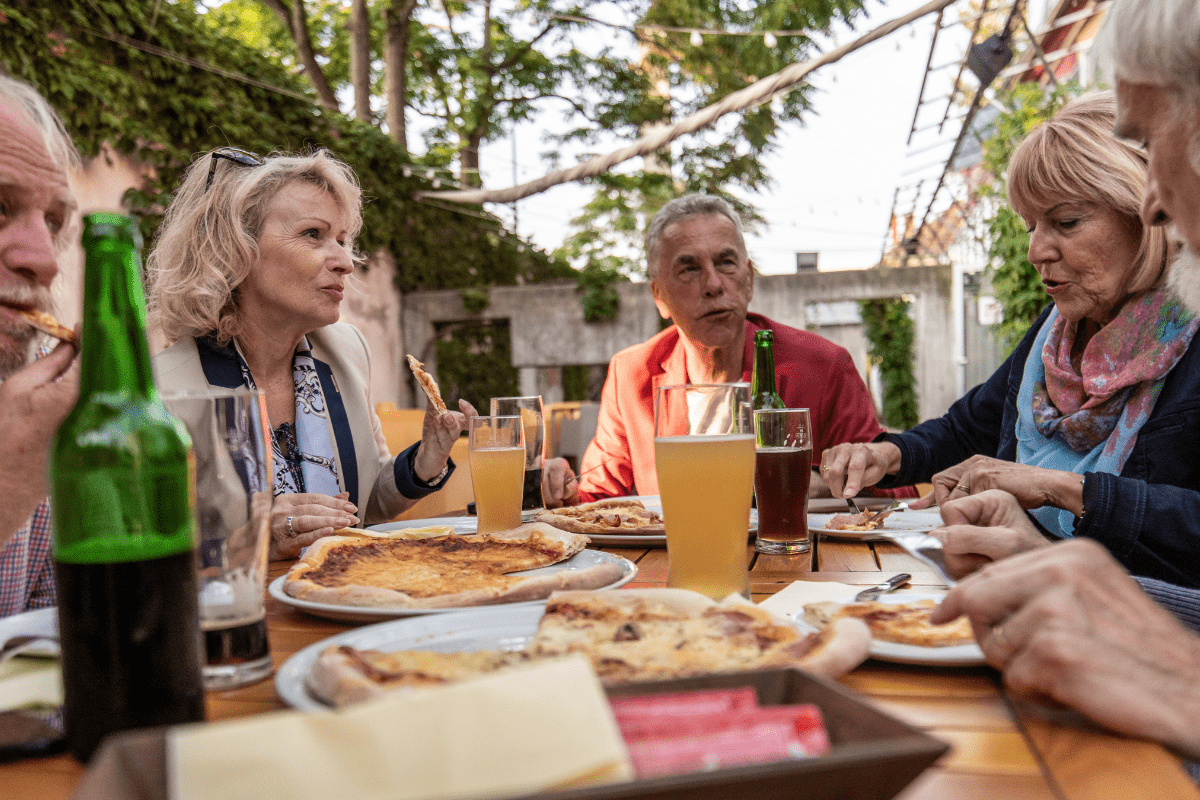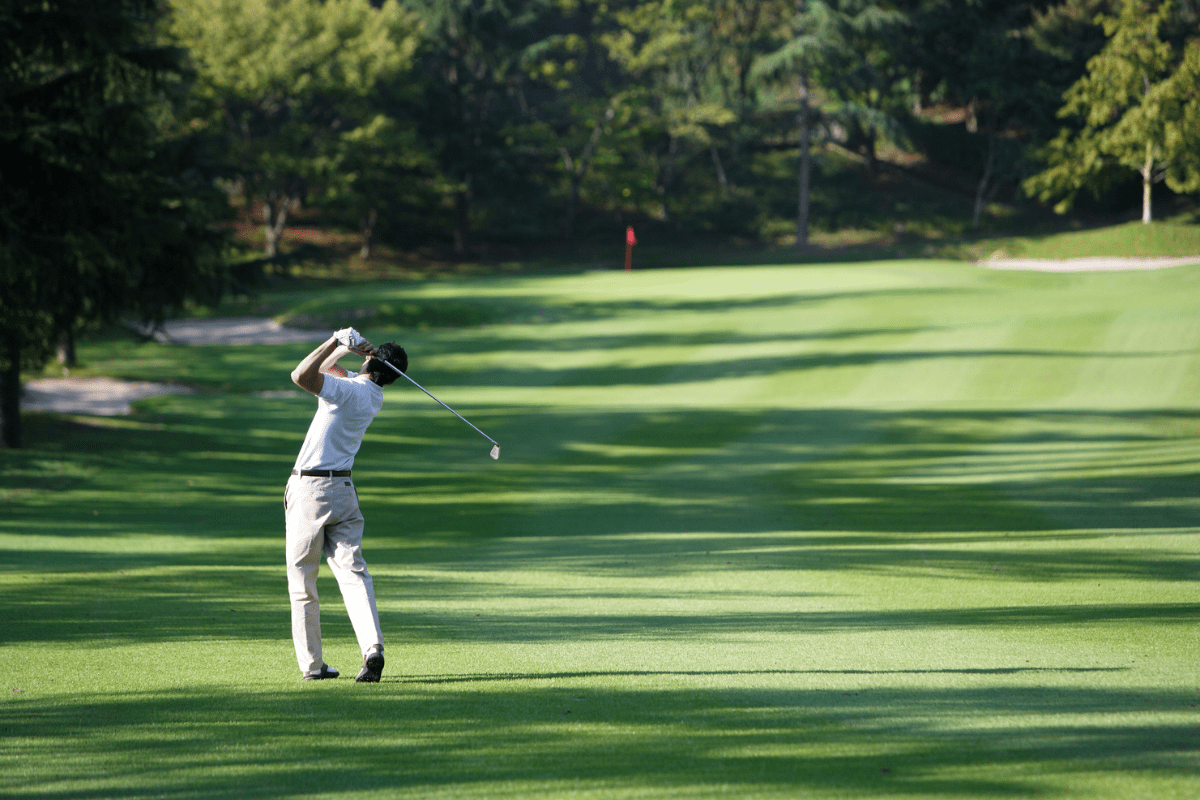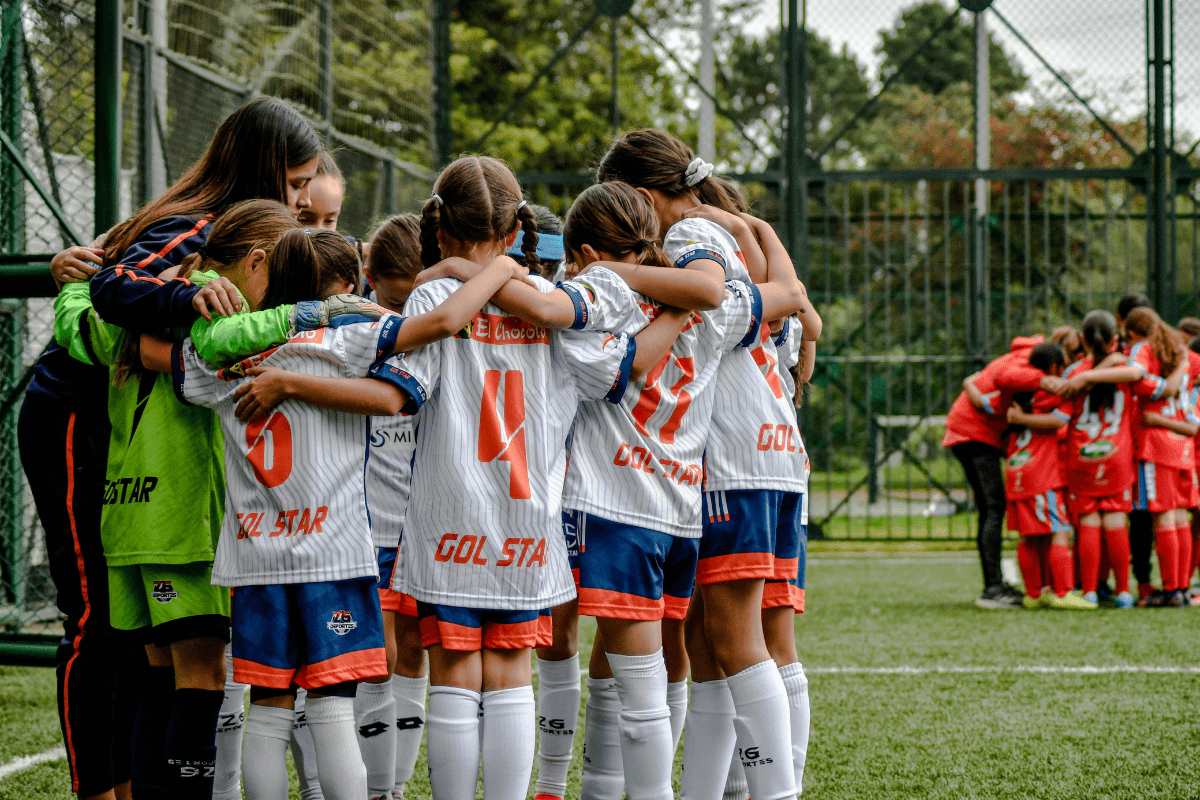Seattle figured out something most cities miss completely… that teenagers need dedicated spaces and systems, not just smaller versions of adult entertainment or bigger versions of kid activities. The city rolled out free public transportation for all under-18 riders and committed over $19 million to youth-focused programming, recognizing that teen independence requires both mobility and destinations worth reaching. From massive mall complexes with specialized entertainment to neighborhood coffee shops that welcome study groups, Seattle built an ecosystem where adolescents can exist authentically without constantly bumping against age restrictions or budget limitations.
The game changers that make Seattle different
Before diving into specific spots, let's talk about what makes Seattle uniquely accessible for teens in 2025. The biggest development is completely free transit for all riders 18 and under on King County Metro, Sound Transit Link, streetcars, and ferries. This isn't just a small discount… it's genuinely free transportation across the entire metro area. Parents no longer need to coordinate complex pickup schedules or worry about teens getting stranded somewhere.
The city's safety improvements add another layer of reassurance. Overall crime dropped 22% in 2025, with violent crime down 20% and vehicle theft decreased by 32%, according to neighborhood crime statistics. While parents should still exercise normal urban caution, these numbers represent real improvements in teen safety across the city.
Seattle also committed $19.25 million to youth mental health services through 2026, recognizing that social spaces and programming matter more than ever after the pandemic's impact on teen development. The result is a city that actually thinks about where teens want to hang out and how to make those places accessible.
Shopping destinations that work for groups
Seattle's shopping scene has evolved beyond traditional malls to create genuine teen social hubs that combine retail therapy with entertainment and dining. The key advantage of these destinations lies in their ability to accommodate different interests within friend groups while providing safe, climate-controlled environments that work year-round in Seattle's unpredictable weather.
Westfield Southcenter dominates the scene
Westfield Southcenter isn't just a mall… it's basically teen headquarters for the entire south Seattle area. As the Pacific Northwest's largest shopping destination, it houses over 200 retailers alongside a 16-screen AMC IMAX theater and the absolutely massive Round1 Bowling & Arcade.
Round1 deserves its own paragraph because it's essentially a 40,000-square-foot entertainment complex featuring 14 bowling lanes, exclusive Japanese arcade games, private karaoke rooms, and billiards all under one roof. The pricing runs about $27.99 for single sessions or $31.99 for unlimited monthly memberships, which becomes a decent deal if your teen goes more than once a month.
The dining situation covers every possible craving, from The Cheesecake Factory and Din Tai Fung for special occasions to a fast-casual dining terrace with Chipotle and Shake Shack for regular hangouts. The mall operates Monday through Saturday from 10am to 9pm and Sunday from 11am to 7pm, with free parking and an adjacent bus depot that makes it accessible from anywhere in the metro area.
Quick Westfield highlights:
- Free parking (rare for Seattle)
- 200+ stores including major teen brands
- Multiple food courts and restaurants
- Easy transit access via bus depot
- Safe, well-monitored environment
University Village offers outdoor vibes
For teens who prefer fresh air with their shopping, University Village presents Seattle's only major outdoor lifestyle shopping center. The 81 stores include heavy hitters like the Apple Store, H&M, and Anthropologie, but the real draw is the open-air atmosphere with outdoor concerts during summer months.
The dining scene skews slightly upscale with Din Tai Fung and local favorite Molly Moon's ice cream, though it notably lacks a traditional food court. The proximity to the University of Washington campus creates a naturally college-prep atmosphere that many high schoolers find appealing, plus multiple bus routes make it easily accessible from north Seattle neighborhoods.
Active entertainment for energetic groups
Seattle recognizes that teens need physical outlets that combine exercise with social interaction, leading to a diverse landscape of active entertainment venues. These spaces fill the crucial gap between organized sports and passive entertainment, providing structured activities that encourage both physical movement and friend bonding without requiring serious athletic commitment.
Sky Zone and bowling alleys
Active teens need places to burn energy while socializing, and Seattle delivers several solid options. Sky Zone Trampoline Park in Tukwila offers main court trampolines, foam zones, dodgeball courts, and SkySlam basketball across two-hour sessions. Pricing runs about $27.99 for single sessions, though you'll want to verify current status since some sources show temporary closures.
West Seattle Bowl provides a more traditional but equally engaging option with 32 lanes available at about $42 per lane per hour on weekends. The venue hosts special VIBE nights after 8pm on weekends that cater specifically to teen and young adult crowds, complete with music and lighting designed for social atmosphere rather than serious bowling.
Escape rooms build teamwork
Seattle's escape room scene has exploded into the perfect group activity for teens who want mental challenges with their social time. Seattle Escape Games charges about $40 per person for 60-minute themed experiences that accommodate teams of 4-8 people. Cognition Escapes offers slightly lower pricing starting at $38 per person, with beginner-friendly options like "The 4th Door" that work well for first-time participants.
The beauty of escape rooms lies in forcing friend groups to actually work together instead of just scrolling phones in each other's vicinity. Most venues allow booking online and provide different difficulty levels, making them accessible for various group dynamics.
Outdoor spaces that embrace Seattle weather
Seattle's outdoor teen spaces prove that Pacific Northwest weather doesn't have to limit social activities, with parks and recreational areas designed to function year-round through strategic shelter placement, all-weather surfaces, and indoor backup facilities. The city's extensive park system provides everything from urban gathering spots to wilderness-adjacent adventures, all accessible via the free transit network.
Cal Anderson Park anchors Capitol Hill
Cal Anderson Park serves as central command for Capitol Hill teen social life, offering 7.37 acres of diverse hangout options. The Bobby Morris Playfield hosts pickup soccer games, while the water fountain complex becomes an unofficial summer gathering spot. Oversized chess boards provide entertainment for strategically-minded teens, and the open meadow areas accommodate everything from frisbee to informal concerts.
Located at 1635 11th Avenue, the park provides easy bus access and maintains regular foot traffic that enhances safety during daylight hours. However, teens should exercise caution during evening hours given Capitol Hill's active nightlife scene and the general urban wisdom of avoiding parks after dark.
Green Lake offers year-round activities
Green Lake Park attracts teens consistently throughout the year with its 2.8-mile paved loop that stays busy enough to feel safe while providing scenic backdrop for social walks or runs. Two lifeguarded swimming beaches operate during summer months, while basketball courts and tennis courts accommodate sports-minded groups year-round.
The boat rental options include kayaks and stand-up paddleboards for about $28-31 per hour, though teens need to pass a basic float test and wear provided life jackets. The constant activity along the car-free recreational trail creates natural opportunities for meeting other teens and feeling part of a larger community.
Green Lake activity options:
- 2.8-mile paved walking/running loop
- Two summer swimming beaches
- Basketball and tennis courts
- Kayak and SUP rentals
- Regular community events
Discovery Park provides Instagram-worthy backdrops
As Seattle's largest park at 560 acres, Discovery Park offers a completely different outdoor experience with 2.8 miles of trails, 2 miles of protected tidal beaches, and dramatic sea cliffs that provide those Instagram-worthy shots teens seem genetically programmed to seek.
The park facilities include basketball and tennis courts near the southeast corner for more traditional recreation. The Environmental Learning & Visitor Center at 3801 Discovery Park Boulevard serves as an excellent safe meeting point with ample parking for parent drop-offs and pickup coordination.
Skateboarding culture thrives indoors and out
Seattle's skate scene centers around All Together Skatepark beneath the evo store in Fremont, which charges just $10 for all-day access to 6,900 square feet of professional-grade Skatelite surfaces. The indoor facility features ledges, quarter pipes, and a halfpipe alongside special programming including ages 12 and under sessions from noon to 2pm daily.
Women and trans sessions run Monday and Thursday evenings through Skate Like a Girl, while group lessons happen Sundays for $25 per session. For budget-conscious skaters, free outdoor alternatives include Jefferson Skatepark on Beacon Hill and Delridge Skatepark in West Seattle, both featuring large bowls and street elements accessible from dawn to dusk.
Food scenes that define teen culture
Seattle's teen food culture extends far beyond typical fast food options, embracing both global trends like bubble tea and uniquely Pacific Northwest experiences that create genuine social destinations rather than just quick meal stops. These venues understand that teens need spaces to linger, study, and socialize without constant pressure to order more or leave quickly.
The bubble tea revolution
Seattle's bubble tea explosion has created genuine teen social hubs throughout the city, with each shop developing its own particular culture and crowd. Boba Up in the University District pioneered Washington's first self-serve concept where customers mix and match over 30 flavors and toppings for approximately $4-8 per drink.
Operating at 4141 University Way NE until 11pm Sunday through Thursday and midnight on weekends, Boba Up provides board games and study-friendly seating that transforms it from simple drink stop into legitimate hangout destination. The self-serve model appeals to teens who want control over their experience and the ability to experiment with flavor combinations.
Competing chains include Oasis Tea Zone with multiple locations staying open until 1am on weekends, Happy Lemon's eight Seattle-area branches specializing in lemon series drinks, and Xing Fu Tang at Westlake Center where customers can watch brown sugar boba being handmade in copper woks. Each develops its own regular crowd, creating natural social sorting that helps teens find their people.
Unique dining experiences
The standout concept for combining food with entertainment is Mox Boarding House in Ballard, which serves restaurant-quality food alongside access to hundreds of board games. Located at 5105 Leary Avenue NW, the venue operates Monday through Thursday from 4pm to 10pm with extended weekend hours and offers house-made dishes ranging from $8-20.
Daily Magic: The Gathering and Pokemon events create structured social opportunities, while private rooms like the Green Room that seats eight provide space for more intimate friend group gatherings. The combination of quality food with engaging activities justifies slightly higher prices and creates an experience that keeps teens entertained for hours rather than just grabbing quick food.
Teen-friendly Pike Place Market spots:
- Market Grill: $8-12 salmon sandwiches
- Pike Place Chowder: Award-winning soups $6-10
- Beecher's Cheese: Mac and cheese viewing
- Food truck pods: Most items under $10
Libraries and community programming that actually matter
Seattle's approach to teen programming recognizes that adolescents need structured social opportunities that don't feel overly supervised or childish, creating spaces where teens can develop independence while accessing resources and support. The city's investment in both traditional library services and innovative community programming reflects a comprehensive understanding of what modern teens actually need from public spaces.
Seattle Public Library goes beyond books
The Seattle Public Library teen services extend far beyond traditional library offerings into genuinely useful programming for modern teens. The Books Unbanned program provides free e-books and audiobooks to ages 13-26 anywhere in the United States, while Library Link gives Seattle Public Schools students instant access to online resources without requiring separate library card registration.
The Central Library at 1000 4th Avenue features a dedicated teen center with study spaces, meeting rooms, and regular programming including Native Youth Reading Groups and Teen Book Bingo. Everything costs absolutely nothing with a library card, making it accessible regardless of family economic situation.
Community centers provide structured social time
Seattle operates three dedicated Teen Life Centers at Garfield, Meadowbrook, and Southwest that serve ages 13-19 with computer labs, recording studios, cooking classes, and social recreation. These centers operate Monday through Thursday during standard hours but extend to midnight on Friday nights for Late Night Programs specifically designed for teen social needs.
The city's commitment includes eight additional community centers hosting Late Night Programs from 7pm to midnight on Fridays and Saturdays, providing safe, supervised activities during peak social hours. According to Seattle Parks and Recreation's 2024 Annual Report, these expanded programs engaged thousands of teens through cooking classes, homework help, and leadership development workshops that combine practical skills with social opportunities.
Mayor Bruce Harrell's vision that "our youth deserve safe, supportive environments to learn, grow, and reach adulthood" translates into concrete programming with no fees or advance sign-up requirements.
Arts venues that embrace teen creativity
Seattle's arts community has made deliberate efforts to create teen-accessible programming that treats young people as genuine creative collaborators rather than just audience members or students. These venues recognize that teens bring fresh perspectives and energy to artistic endeavors while needing spaces to explore identity and expression during crucial developmental years.
MoPOP leads interactive cultural programming
The Museum of Pop Culture runs comprehensive teen programming including the Youth Advisory Board that gives teens direct input on museum operations and Sound Off!, an annual 21-and-under battle-of-the-bands competition now in its 25th year. TeenTix members can access regular admission for just $5, making the interactive exhibits on Nirvana, Jimi Hendrix, and gaming culture accessible to budget-conscious teens.
Summer camps cover everything from music video production to drag performance art, with varying costs but consistent commitment to making arts education accessible. The museum's location at Seattle Center puts it in the heart of the city's cultural district with easy transit access.
Community-based arts programming
Youth Theatre Northwest offers multiple performance opportunities including Chaos Theory teen improv company for grades 7-12, Radio Drama annual productions, and the Student Cabaret where high schoolers direct their own shows. The organization's policy that no child will be turned away for inability to pay, combined with a 25% new student discount, ensures theatrical arts remain accessible regardless of economic background.
The Vera Project at 305 Harrison Street stands unique as an all-ages volunteer-driven venue hosting over 300 concerts annually while offering 50+ audio engineering classes and screen printing workshops targeted at ages 14-24. The venue provides recording studio access, visual art gallery space, and extensive volunteer programs that blend artistic expression with leadership development.
Getting around safely and affordably
The transportation revolution of free transit for under-18 riders eliminates the biggest barrier to teen independence in Seattle. Link Light Rail operates from 5am to midnight seven days a week with trains every 6-15 minutes, connecting major teen destinations from Westlake's shopping district to Northgate Station's mall complex and the University District.
ORCA Youth Cards remain highly encouraged for seamless access, though the actual rides cost nothing. For parents coordinating transportation, Northgate Station offers 1,475 parking spaces for drop-offs, while Capitol Hill relies primarily on limited street parking and paid zones during peak hours.
Neighborhood safety considerations:
- University District: Higher crime rates along "The Ave"
- Capitol Hill: Avoid late evening solo travel
- Downtown: Skip 3rd Avenue between Pike/Pine after dark
- West Seattle: Generally safer, good family neighborhoods
- General rule: Groups of 3+ for evening activities
Planning practical teen outings
Seattle's teen scene works best when parents understand the landscape of free versus paid activities and plan accordingly. Free options include all parks, outdoor skate facilities, library programs, and Late Night community center activities. Low-cost options cover bubble tea ($4-8), food trucks (under $10), and All Together Skatepark ($10 all-day access).
Mid-range activities include escape rooms ($38-40 per person), restaurant dining ($8-20), and boat rentals ($28-31 per hour). Premium experiences might include Sky Zone monthly memberships ($31.99) or West Seattle Bowl weekend rates ($42 per lane per hour).
The extensive scholarship and financial aid programs across Seattle Parks and Recreation, arts venues, and educational programs ensure economic barriers don't prevent participation. Combined with free transit, Seattle has genuinely created a teen-accessible urban environment that recognizes the importance of social spaces in adolescent development.
The city's evolution reflects broader societal changes, from bubble tea culture creating new social hubs to mental health support integration within recreation programming. As University of Washington researcher Tammy Huson emphasized, "adults should be fostering and helping teens make these connections" because peer interactions prove critical to adolescent development. Seattle's comprehensive approach combining traditional gathering spaces with innovative programming creates an environment where teens can explore interests, build friendships, and develop independence within a supportive community framework.





